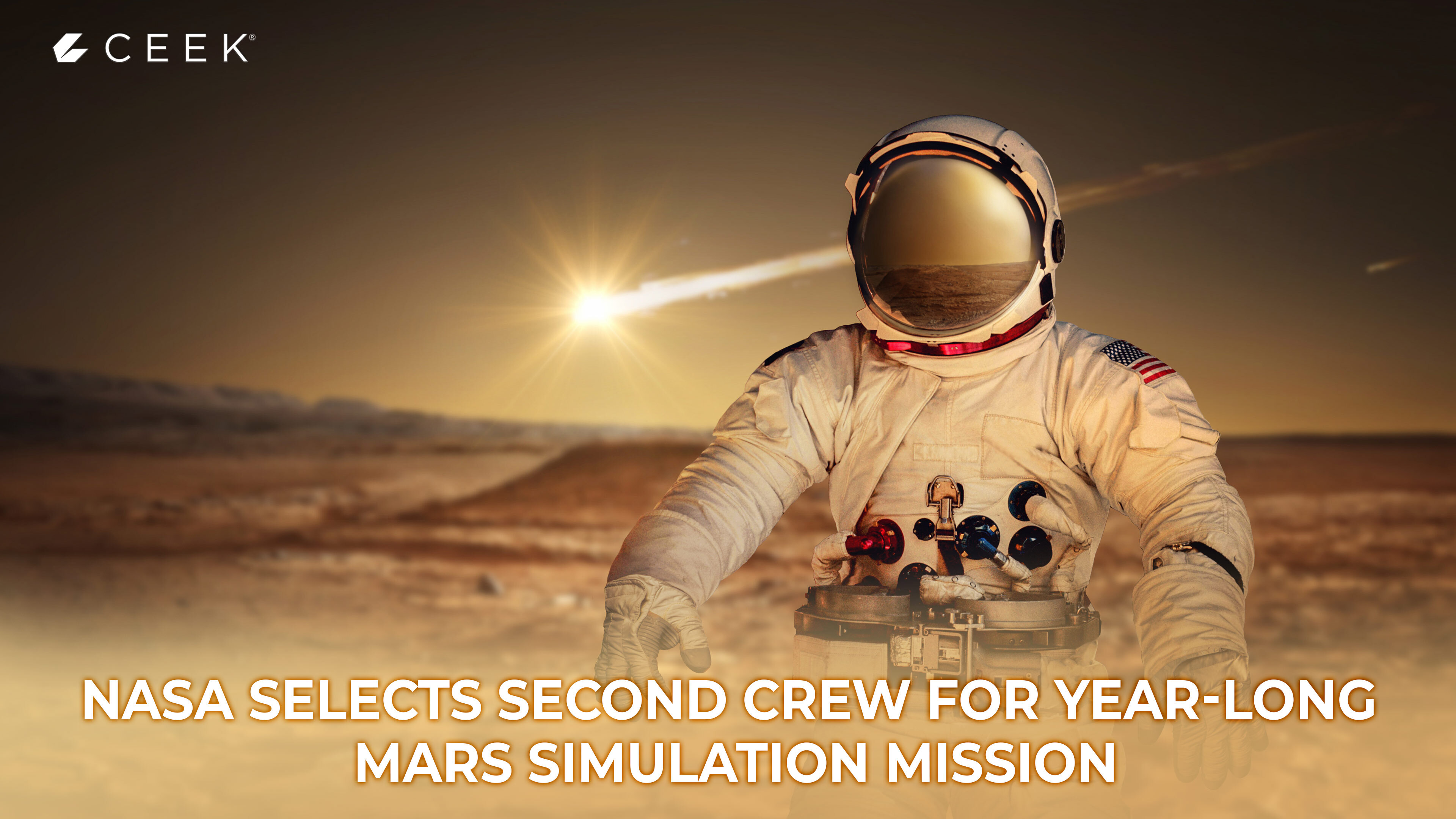



NASA Selects Second Crew for Year-Long Mars Simulation Mission
NASA has officially named the second crew set to embark on a year-long Mars simulation mission inside its CHAPEA (Crew Health and Performance Exploration Analog) habitat at the Johnson Space Center in Houston. The mission is part of NASA’s ongoing efforts to prepare humans for future deep space exploration and, ultimately, long-term Mars missions.
What the Mission Involves
The four-member crew will live and work inside a 1,700-square-foot 3D-printed habitat, designed to replicate the harsh conditions of Mars. For 12 months, the team will face simulated challenges, including:
• Limited food and water supplies
• Restricted communication with “Earth”
• Simulated equipment failures
• Resource management tasks
• Spacewalk simulations outside the habitat
This extreme environment will test their physical endurance, mental resilience, and teamwork under high-stress, isolated conditions — essential preparation for real interplanetary travel.
Why It Matters
NASA’s CHAPEA program plays a critical role in shaping the future of human spaceflight. By studying how crews adapt to prolonged confinement and resource scarcity, NASA aims to:
• Improve life-support systems for Mars missions
• Develop better strategies for crew health and performance
• Understand psychological impacts of long-duration space travel
Dr. Grace Douglas, NASA’s lead scientist for CHAPEA, emphasized that these missions bring us “one step closer to putting humans on Mars.”
The Bigger Picture
This is the second of three planned missions under the CHAPEA program. The first began in June 2023 and provided critical insights into crew dynamics, habitat sustainability, and emergency protocols. The lessons from these simulations will directly influence NASA’s timeline for sending astronauts to Mars in the late 2030s or early 2040s.
Final Thoughts
With the second CHAPEA mission now set, NASA continues to push the boundaries of human exploration. Each test, each simulation, and each crew member’s experience brings us closer to answering one of humanity’s biggest questions: Are we ready to live on another planet?
Read more here: https://www.ceek.com/learn/


